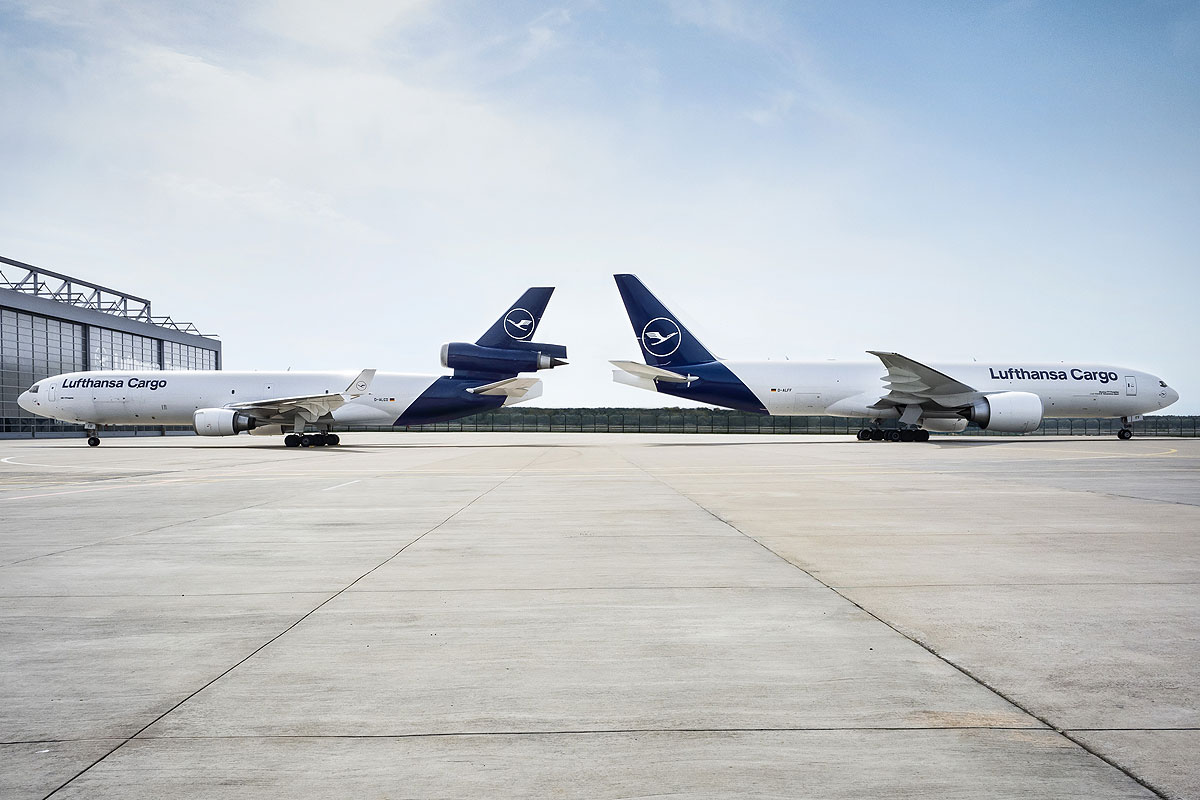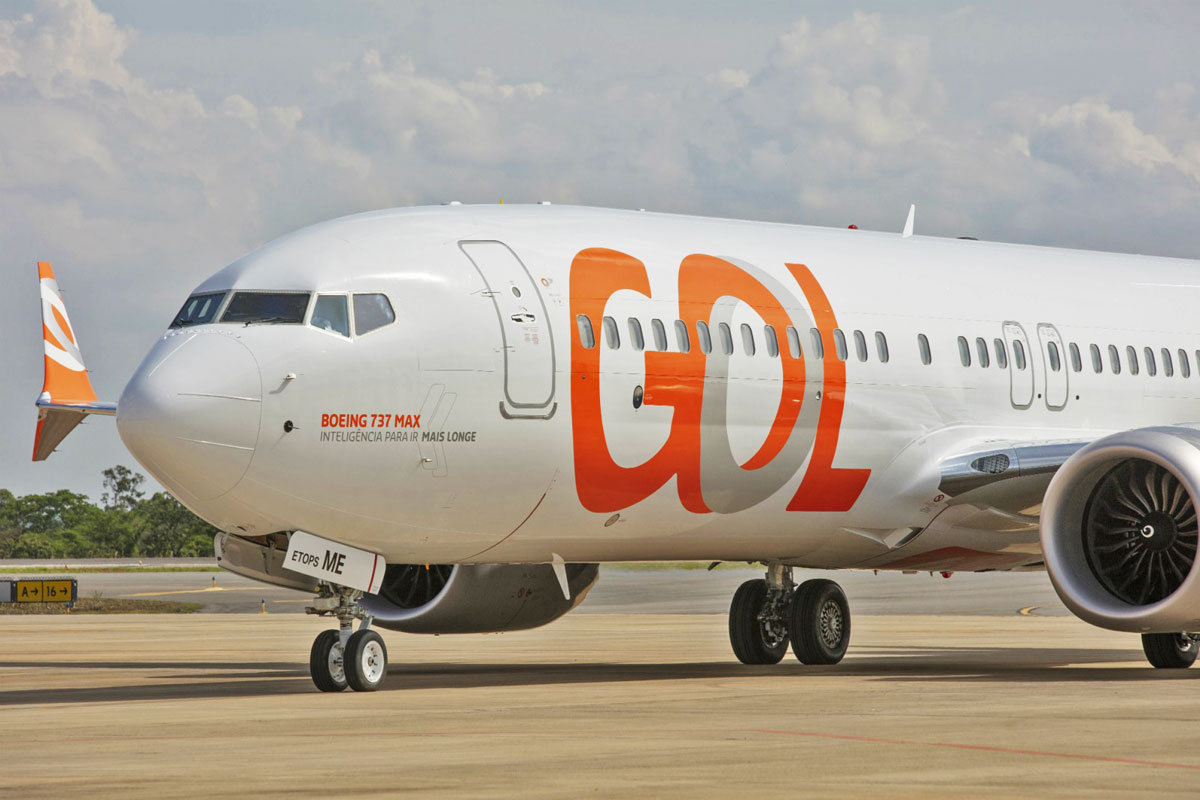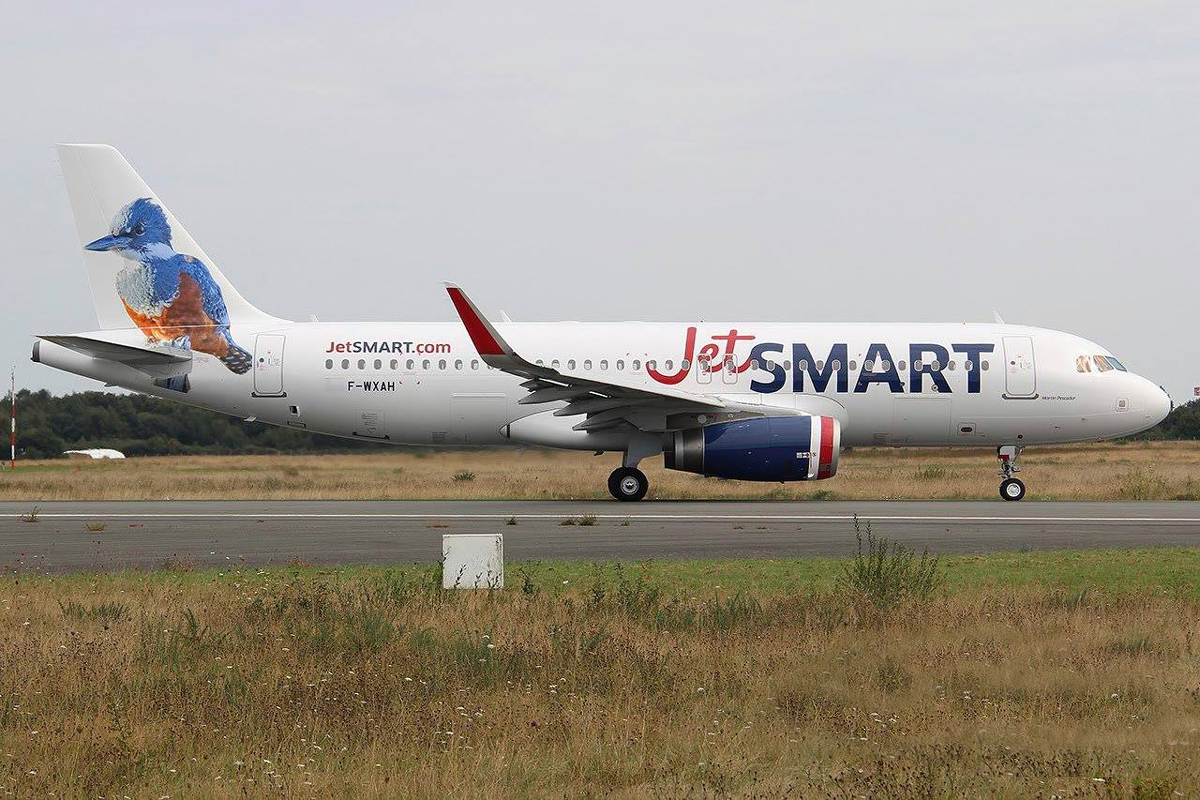Has the time come for Embraer to finally take on Boeing and Airbus in the most popular commercial jet segment in the world, narrow-body aircraft with over 150 seats?
This question has been frequently asked to the company’s CEO, Francisco Gomes Neto.
Going from the pioneering Bandeirante turboprop, with its approximately 15 to 19 seats, to the E195-E2, a jet that can carry almost 150 passengers, Embraer is faced with a dilemma: remain in its current niche without competitors or fight with Boeing and Airbus?
For now, Gomes Neto denies that Embraer is thinking about the second hypothesis. The company stated that it should make a decision on a new aircraft development program within a couple of years, whether in commercial or executive aviation.

Regarding a rival to the Airbus A320 and Boeing 737, the CEO of the Brazilian company told Aviation Week that it “has the capacity to do something bigger, but we have no plans to do that now.”
According to him, such an aircraft would involve enormous risk.
Highest demand category in air travel
Despite the precautions of Embraer’s chief executive, a new family of larger-capacity commercial jets is precisely what the air travel market wants most in the coming years.
Just check the full order books of Airbus and Boeing, which are not keeping up with such demand. There are thousands of aircraft pending deliveries and a distant production horizon.
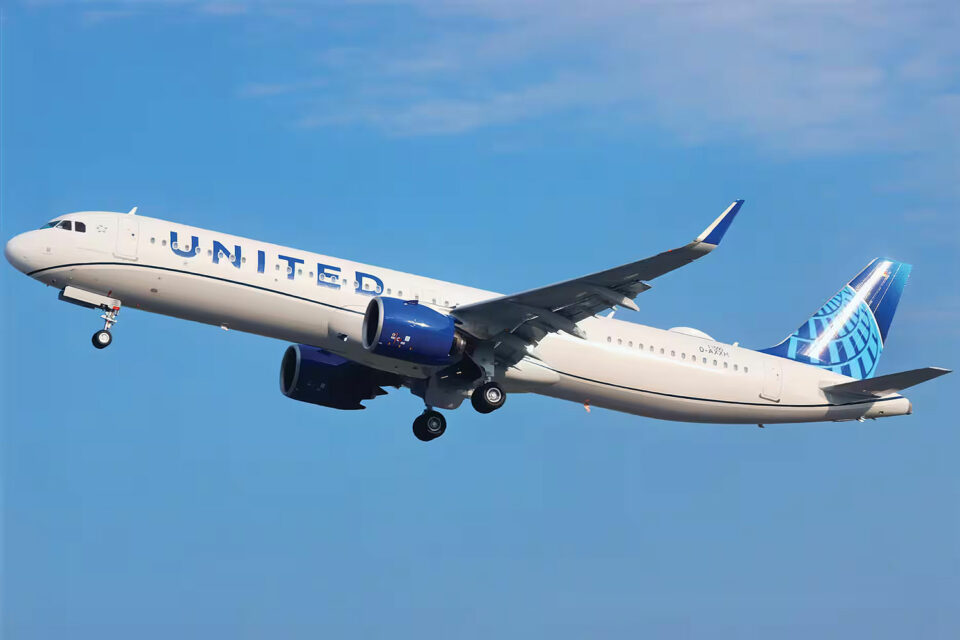
And Embraer is currently the commercial aircraft maker technically most prepared to make this leap. Without Bombardier and with some large aerospace groups focused on other segments, it would be up to it to meet the excess demand from Boeing and Airbus.
There are, however, several barriers for the planemaker to take this leap, as we will see below.
Huge investment
The first challenge is financing an ambitious program like this. Boeing, when trying to think about the NMA, talked about two tens of billions of dollars.
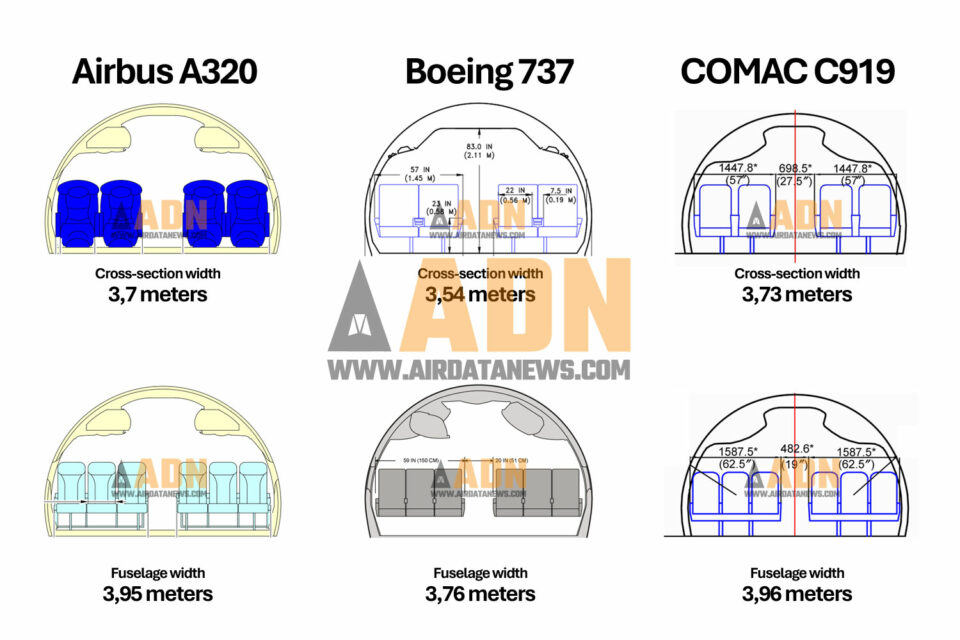
A new family of narrow-body commercial jets would not cost much less than that, even with Embraer’s design team, which is considered very efficient.
To get a project like this off the ground, it would be mandatory to have strong partners such as Indian companies, for example, who are eager to advance in the segment.
Technological transition
Another major problem lies in the established environmental goals, which aim to reduce carbon emissions to zero in the coming decades.
Because of this, current commercial jets, even with more efficient engines, will still emit pollutants, therefore, a new energy matrix is needed.
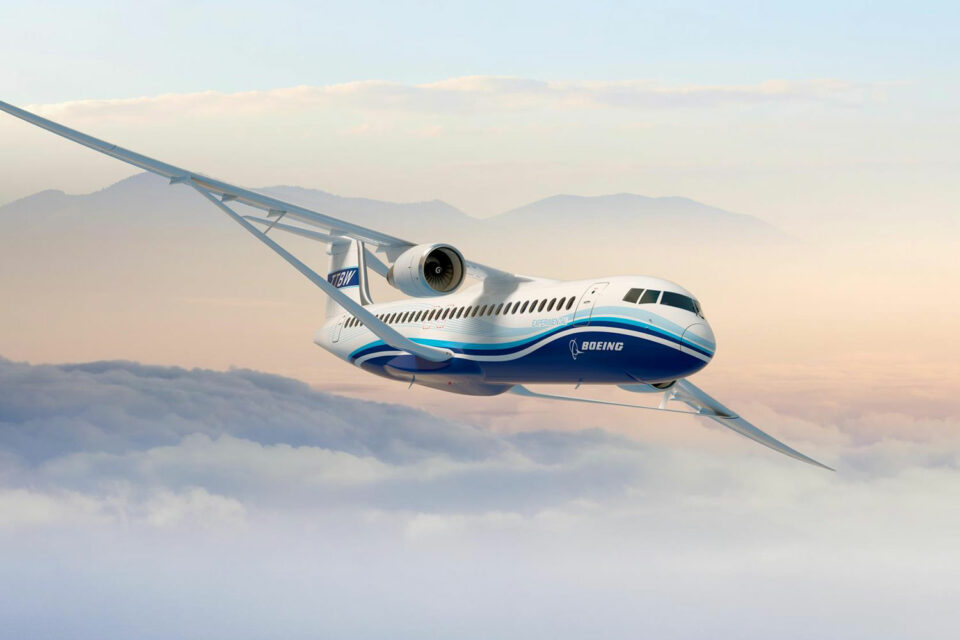
The issue is that there is no consensus yet. Airbus bets on hydrogen while Boeing evaluates a new aircraft concept that would still use large turbofans with a high bypass ratio.
In common, these projects deviate from the configuration of an A320 or even the Chinese C919. It would be appropriate for a hypothetical Embraer aircraft to prepare for these scenarios, however, there is a high risk of the technology changing during the transition process.
Development timeframe
Embraer, on the other hand, could go for a conventional but more improved concept, with extensive use of composite materials in its construction, refined aerodynamics and engines capable of using 100% SAF.
Such a jet would certainly have 6-abreast seating like the 737 and A320 instead of the A220’s five seats per row, but it could be lighter than its rivals, providing greater fuel economy.

The challenge here is when such an aircraft could reach the market. The second generation of E-Jets (E2) took five years between the launch of the program and the entry into service of the first version (E190-E2) but it was an improved design and not a clean-sheet aircraft.
Therefore, it would take at least seven or eight years for it to enter service, which would occur in the mid-2030s.
High production rate
The category of narrow-body jets between 160 and 240 seats is huge and strong around the world, which is already a tempting commercial appeal.
However, it means that production is more complex and above all larger. If today Embraer is struggling to deliver a hundred E-Jets per year again, meeting the demand for larger planes would require investments in more capable and perhaps multiple assembly lines.
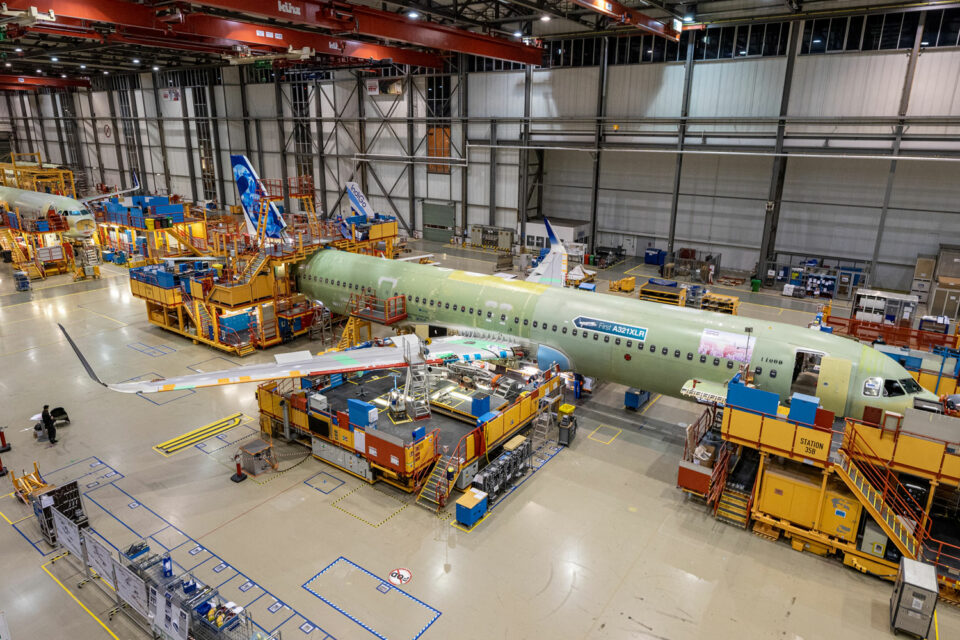
This is a market that is certainly only viable if the company is capable of delivering 300 or more jets per year. Boeing delivered 387 737 MAX planes in 2023 while Airbus delivered 571 A320neo family aircraft and they were not enough.
To maintain an assembly line like this, it is also necessary to have an agile and capable supply chain, therefore, with reliable and prepared suppliers.
Profit margin
It’s not enough to have a great product technically speaking. Bombardier’s C Series, for example, was an exceptional airliner, now known as the A220, but it almost made the Canadian company go bankrupt.
As a result, an eventual larger commercial plane from Embraer should not only be more efficient than its competitors, but at an attractive price.
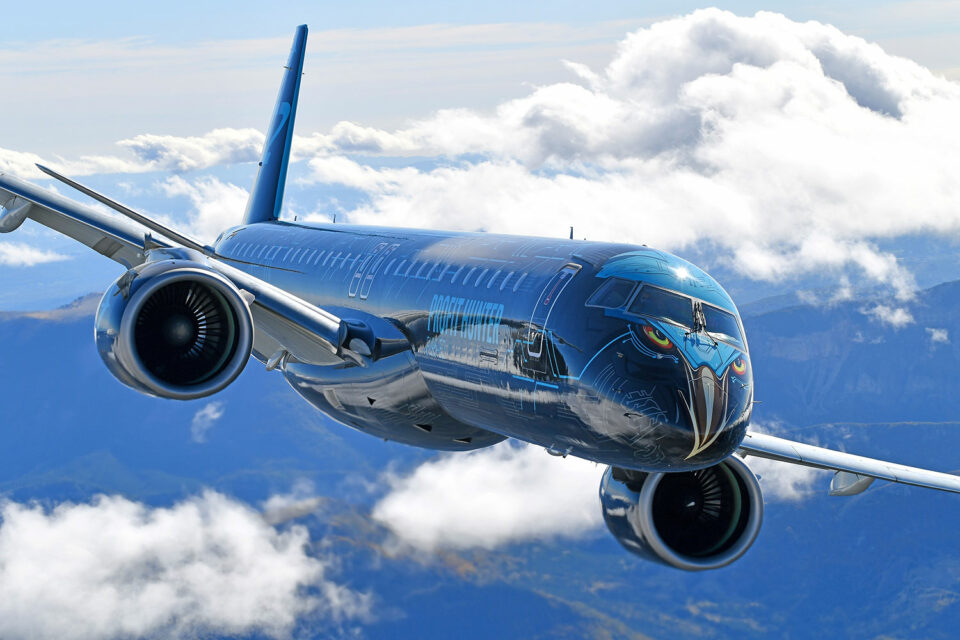
Only in this way would it be possible to face the commercial strength of Boeing and above all Airbus, companies that have a wide family of jets and that tend to reach agreements that are difficult to beat.
Finally, Embraer would have to invest in a support service that is even broader and more agile than the Pool program, currently in operation. Because of this, its aircraft would offer high availability, one of the key points for airlines and lessors.
As can be seen even from a superficial analysis, entering the fight with Airbus and Boeing is a risky step, but at the same time tempting.




